9 Reasons You’re Not Losing Weight on Keto And How to Get Back on Track
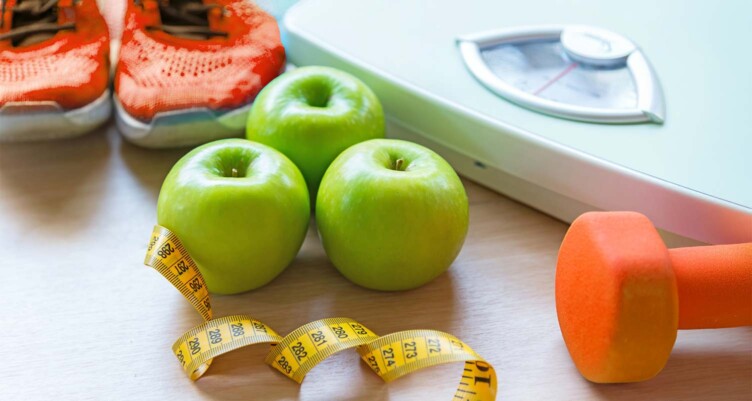
- If you’re not losing weight on keto, don’t worry. There are many things you can do to get back on track.
- It’s normal to hit a weight loss plateau as you start to shed pounds.
- There isn’t a one-size-fits-all solution to weight loss. Make small changes and keep track to see what works for you.
Despite your best efforts, you may find you’re not getting the results you want from the keto diet. You may ask, “Why am I not losing weight on keto?”
Maybe you’re encountering challenges like weight fluctuations. You might even be experiencing gains instead of losses. It’s common to hit a weight loss plateau or encounter setbacks.
So, why aren’t you seeing the expected results? Rather than looking at it as a failure, consider it an opportunity to reassess and fine-tune your approach. Here we’ll explore nine common reasons for stalled progress on keto. Whether you’ve hit a keto roadblock or feel like you’ve “keto crashed,” fear not. We’re here to guide you through.
First things first. Make sure you’re in ketosis.
1. You’re Not in Ketosis After All
A ketogenic diet contains few carbohydrates. This forces your body to burn body fat instead of glucose for fuel via a metabolic state called ketosis.[1] But ketosis can be tricky to achieve when you’re first starting out.
To reach ketosis, you have to keep a close eye on your macronutrient consumption—how much protein, fat and carbs you eat daily. Eating too much protein or too many carbs can kick you out of ketosis and prevent you from getting the benefits of keto.
As a rule of thumb, the standard ketogenic macronutrient breakdown is 70 to 80% fat, 10 to 20% protein and 5 to 10% carbs.[2] For a 2,000-calorie diet, that is roughly about 165 grams of fat, 40 grams of carbs and 75 grams of protein.
How to Know if You’re in Ketosis
When you’re in ketosis, your liver produces ketones to supply energy to your brain and body.[3] One way to see if you’re in ketosis is to measure the presence of ketones in your bloodstream. Here are a few ways you can test for ketones:
Urine strips or sticks: Urine tests are affordable and easy to use, but the results only track leftover ketones in your body. The results range from 0 (not detected) to +4 (high amount detected).[4] As you adapt to ketosis, your body will use more ketones. This means you’ll expel fewer of them through your urine.
Ketone breath meters: This non-invasive method measures acetone levels in the breath.[5] Acetones are one of three types of water-soluble ketone molecules. The more you have, the farther you are into ketosis.
Blood meters: Blood meters are an accurate way to assess your level of ketosis.[6] Prick your finger, draw blood and get a reading of the ketones in your blood. The downside is that these meters and blood strips are expensive.
You don’t have to test for ketosis to get hints you’re on the right track. Look for these signs:
- Strong metallic or fruity-smelling breath, aka “keto breath”
- More energy and increased focus[7]
- Fewer hunger or sugar cravings[8]
- Easier time losing weight
- Keto flu symptoms, like muscle cramps and cravings[9] (these are temporary)
Pro tip: You can help kick-start ketosis by adding MCT oil your diet.
MCT oil is a great addition to a keto diet because of how it supports ketosis and weight loss. Unlike other fats, medium-chain triglycerides (MCTs) in MCT oil rapidly absorb in the liver and convert into ketones. This provides quick energy for the brain and body.[10] This encourages faster and deeper ketosis, making it easier for you to reach and maintain that fat-burning state.[11]
2. You’re Eating Too Much

If you’re not losing weight on keto, consider if the amount of food you’re eating every day is more than you need.
There are many factors that can affect how your body turns food into energy and stores fat. They range from your stress and activity levels to the type of food you eat. If you’re in ketosis but not losing weight, it could be that you’re eating more than your body can burn.
Fat has twice the number of calories per gram that protein or carbs do.[12] It can be tough to stay within your maintenance calories, or even eat at a calorie deficit, if you’re eating more than your body needs. As you adjust to keto, try logging what you eat in a food tracker app until you can eat more intuitively.
As you lose weight, reassess your calorie needs with every 10 to 15 pounds lost to prevent a weight-loss plateau.
Related: The Long-Term Effects of Keto Diets
3. You’re Not Eating Enough
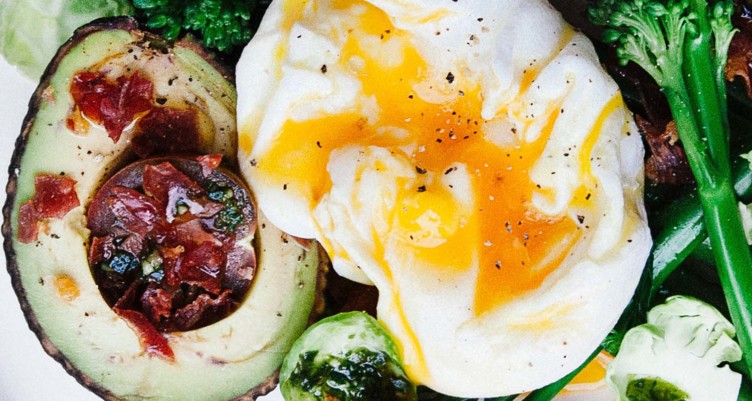
If you’ve cut calories excessively, your body might go into starvation mode. Your metabolic rate drops to protect organs and normal bodily functions. And your body slows down because it’s not getting enough energy.[13]
You might think you’re making great strides toward your weight loss goals by eating significantly less. But you might be stalling your body’s ability to shed pounds.
Your body needs the right amount of high-quality food in the right proportions to stay at a healthy weight. And, contrary to popular belief, calorie quality matters more than quantity.[14] Focus on hitting your macronutrient goals: high fat, moderate protein and low carb. Eat nutrient-dense whole foods—not just bacon and butter (no dirty keto, please).
Pro tip: Use a food calculator to estimate how many calories your body needs to lose one pound per week. Stick within that range. Reach your macro goals by eating high-quality keto fats like MCT oil and avocados. You can also enjoy grass-fed butter and ghee, grass-fed meats and eggs from pasture-raised chickens.
4. You’re Eating Too Much Protein
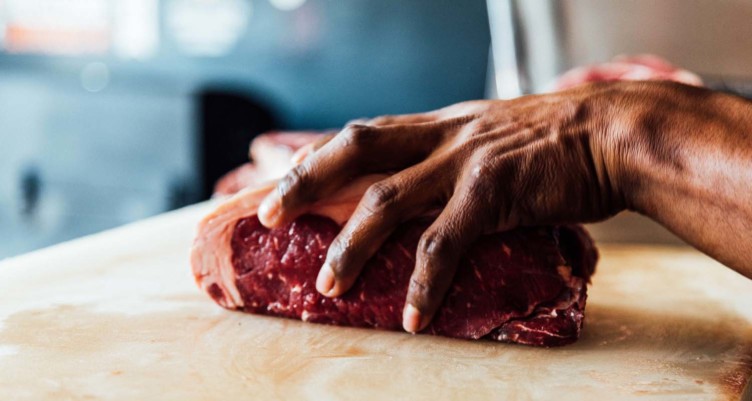
It’s a common misconception that the keto diet is a high-protein diet like Atkins. Keto is a moderate-protein diet. About 20% of your daily calories come from protein.
Too much protein can kick you out of ketosis through a process called gluconeogenesis.[15] This is when your body converts extra protein into sugar (AKA carbs). Your body goes for glucose first and no longer burns fat for fuel.
To achieve keto weight loss, eat moderate amounts of complete proteins. These are proteins with meaningful amounts of all nine essential amino acids. Meat, fish and eggs are all complete protein sources.
Don’t stress about how much complete or incomplete protein you’re eating. If you’re eating a diverse array of protein-rich foods, you’re likely getting enough of the amino acids your body needs. And you get other benefits from incomplete proteins, too. Nuts and vegetables are packed with essential nutrients. Collagen peptides supports healthy skin, bones and joints.[16]
Pro tip: Calculate your protein needs carefully. Too much and you won’t stay in ketosis. Too little and you’ll lose muscle. Here’s a quick guide to calculate your ideal protein intake.
5. You’re Eating Too Many Carbs
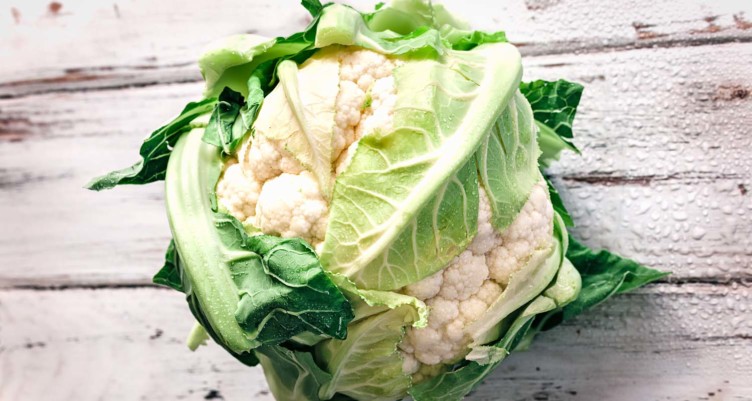
Though keto food trackers offer only a rough guide, they can be useful in figuring out how many carbs you’re eating. Strict keto diets generally recommend no more than 20 to 30 grams of net carbs (total carbs minus fiber) per day.[17] Some people do best when they start around 50 to 150 grams of net carbs per day.
The amount of carbs you can eat while staying in ketosis varies from person to person. If you’re following a strict ketogenic diet, your carb intake will be lower than if you’re following a cyclical ketogenic diet.
Another common misstep is misjudging your total carbohydrate intake. It can be difficult to gauge exactly how much food equals 20 to 50 net carbs a day. This can be because carbs hide in many unexpected foods, such as cruciferous veggies, green beans, dairy and nuts.
Tips to Manage Your Carb Intake
Fill up first up on low-carb vegetables like leafy greens, cucumbers, asparagus and zucchini. These should fill your entire plate at every meal.
Be mindful of higher-carb veggies like broccoli, Brussels sprouts, cabbage and cauliflower.
Reserve keto-friendly fruit, such as berries, for the occasional dessert.
Focus on high-fat proteins. Pair an egg, grass-fed burger or wild-caught salmon with a green leafy salad and avocado for an easy and filling meal.
Double-check the carb counts on processed foods. Save your snacking for keto-friendly foods.
Pro tip: Until you get used to identifying how many carbs are in each food, use an app like MyFitnessPal. You’ll see how many carbs are in each food and keep track of your daily macros.
6. You’re Intolerant to Something You’re Eating
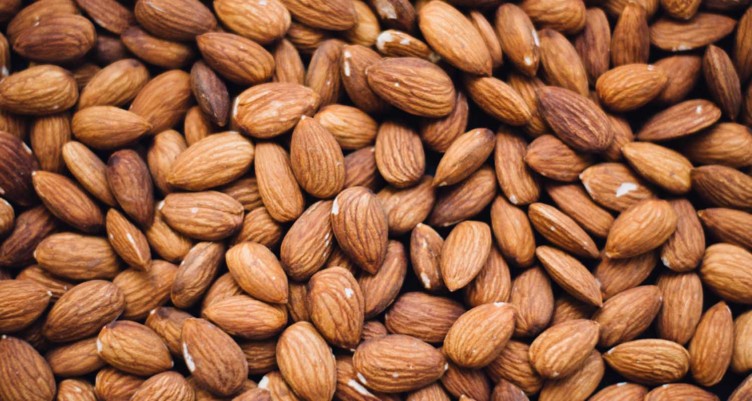
Still not losing weight on keto? You could be intolerant to something and not even know it.
Food intolerances can cause imbalances in the gut that contribute to inflammation.[18] This may affect the number you see on the scale. If you feel bloated after eating dairy products or get brain fog after eating gluten, your body may be trying to tell you something.
Pro tip: Talk to your doctor or dietitian to find out if you’re intolerant to a particular food. A healthcare professional can test your blood and recommend next steps, such as an elimination diet. In that case, you’ll cut all suspect foods and then slowly reintroduce them to see how you react.
Related: Signs Your Gut Is Unhealthy and Why You Should Fix It
7. You Have Leptin Resistance
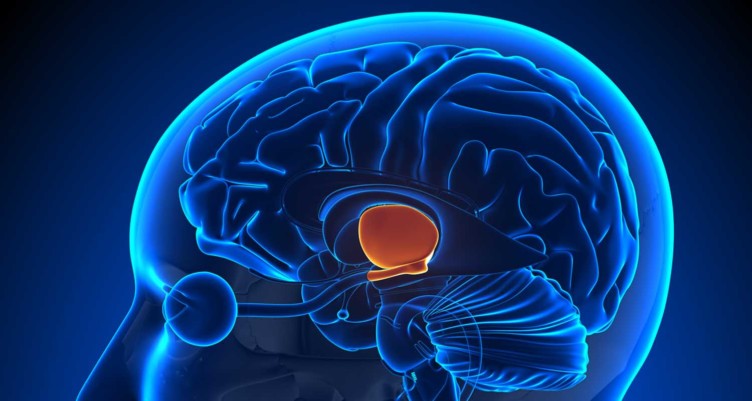
You have a satiety hormone that plays an instrumental role in your hunger and weight management. It’s called leptin. Leptin puts the brakes on hunger by sending a signal to the brain when your body’s energy needs have been met.[19]
If you have leptin resistance, the satiety signals don’t transmit properly across the blood-brain barrier. Leptin resistance is triggered by factors like a lack of sleep[20] and overeating.[21]
Leptin resistance can also affect your thyroid. This organ secretes hormones that influence metabolism, growth and development. The amount of leptin available to your brain has a major influence on how many thyroid hormones are released into your body.[22] Leptin resistance can throw a wrench in your thyroid function, leading to a slower metabolism.
Studies suggest that you may be able to manage leptin levels by having good sleep habits[23] and cutting back on high-sugar foods.[24]
Pro tip: There are a lot of ways to cut back on sugar, but one effective way is to add more quality fats to your diet. Try coconut oil, avocados, cashew butter and MCT oil.
8. You’re Not Getting Enough Sleep
![]()
You can’t overlook sleep when evaluating your weight loss plateau.
Seven to eight hours of sleep is the gold standard, but plenty of people don’t get it. If you’re gaining weight on keto, it might be time to look at your sleep patterns.
Too little sleep can wreak havoc on your body and cause issues that can contribute to weight gain, like:
- Decreased activity due to lack of energy: If you’re going on five hours of sleep, you’re less likely to want to hit the gym or even go for a walk.[25] When you’re more sedentary, you’re burning fewer calories. Getting adequate sleep is key to keeping your energy levels high so you can keep moving.[26]
- A longer eating window: When you stay awake longer, you also have more opportunities to eat. Midnight snacks, anyone? Sticking to a solid sleep routine can help you cut down on snacking in the off hours. It also helps you maintain a healthy caloric intake. Plus, trying to fall asleep with a full stomach can be pretty uncomfortable.
- Messing with your natural clock: An off-kilter sleep schedule can wreak havoc on your circadian rhythm.[27] As your body’s internal clock, your circadian rhythm directs everything from healthy digestion to signaling that it’s time to unwind. Inadequate sleep can throw these rhythms off. This, in turn, interferes with your body’s normal functioning, including your metabolism.
9. You’re Stressed

Chronic stress can cause many health issues, including weight gain.[28]
When you’re in a stressful situation, your brain sends a signal that floods your body with hormones like cortisol and adrenaline. It also signals nonessential functions, like digestion, to slow down.[29] In a state of perceived danger, the brain’s main goal is to keep you alive, not to worry about digesting your breakfast.
If you live with chronic stress, your brain is in fight-or-flight mode all the time. That means stress hormones stick around longer than they should, while disrupting your digestion.
That’s bad news because cortisol is linked to increased blood glucose.[30] Your body decides to burn the glucose in your bloodstream for energy instead of burning off the calories from your meals. This puts you in the perfect position to gain weight, even if your keto game is strong.
One final note: Undiagnosed medical conditions can cause unexpected weight gain. If you’re maintaining your macros but not seeing results on the scale, it might be time to check with your healthcare provider.
How to Boost Your Keto Weight Loss Efforts
Now, the good news. Making small changes can help you get back on track.
Build a Strong Foundation

Set yourself up for success to reach your weight goals. Before you do anything else, assess your sleep quality, your stress levels and your physical activity. These are the pillars for a healthy lifestyle, regardless of your diet. If you’re not seeing the results you want, ask yourself:
- Are you getting quality sleep, or are your sleep patterns as frenetic as a college kid during finals week?
- Do you take steps to manage your stress, or are you walking on emotional eggshells?
- Are you moving throughout the day and exercising regularly, or do you spend most of your time sitting?
Your health journey is not just about the food you eat. Make sure you also invest time and energy in all the other important aspects that affect your lifestyle.
Related: How to Sleep Better and Manage Stress With Exercise
Try Intermittent Fasting
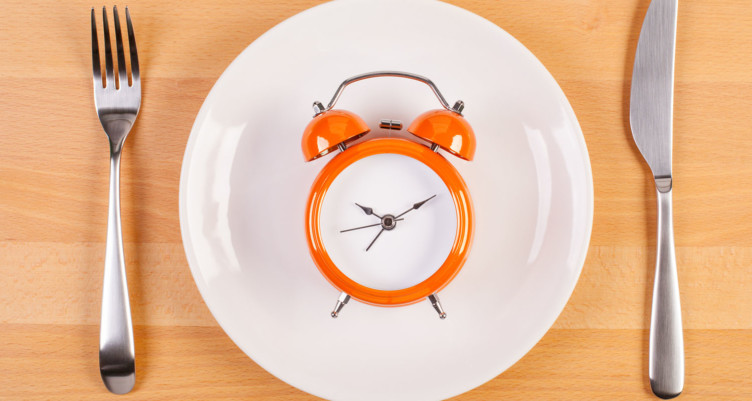
Intermittent fasting isn’t a requirement on the keto diet, but it’s a powerful way to help your body create those valuable ketones. That’s why some keto dieters also incorporate fasting periods into their meal plans.
When intermittent fasting, you eat your daily calories in a shortened period, typically six to eight hours. Then, you fast for the remaining 16 to 18 hours. Fasting drains your body of its glucose reserves, so you switch over to burning fat for energy[31]—aka ketosis.
If fat loss is one of your goals, try intermittent fasting and see if it works for you.
And what’s a great way to break your fast? Enjoy a cup of Bulletproof coffee.
Drink Bulletproof Coffee

When you drink Bulletproof coffee instead of a carb-heavy breakfast, you stay in ketosis. You also avoid the distracting hunger pangs. Instead of milk or sugar, each cup contains grass-fed butter and Brain Octane C8 MCT Oil. These quality fats help curb cravings, and C8 MCT oil raises ketones four times more effectively than coconut oil.[32] That means you can power through your morning.
Practice Different Styles of Ketosis

On the standard keto diet, you’re eating very few carbs all the time. But for some people who follow a low-carb diet, restricting carbs can create issues like fatigue, headaches and dizziness.[33]
Your body needs some carbs to perform at its best. By upping your carb intake periodically, you can help curb carb cravings, support your sleep and stay at a healthy weight.
This isn’t an excuse to eat a high-carb meal of pasta and bread. We’re talking about clean sources of carbs, like squash, sweet potatoes, berries and carrots.
There are a few different types of keto diets. Some people find that cyclical ketosis is a more sustainable approach to keto because you eat more carbs on one day of the week (called a carb refeed day). If you’re physically active, you might need to eat more carbs around your workout. This is targeted keto.
As you experiment with different approaches to your keto meal plan, pay attention to how you feel. Are you more energized? Are you noticing changes in your body weight? Do you feel better with more carb foods? Keep a journal to track your progress. Adjust your plan accordingly.
Add MCT Oil to Your Coffee and Food

As you find the right keto diet fit, make sure to add MCT oil to your meals for the best results.
Use a high-quality MCT oil such as Brain Octane C8 MCT oil throughout the day. You can add it to your coffee or drizzle it over your salad and vegetables. This will help raise your ketone levels. A blood ketone level of 0.5 is enough to suppress your appetite.[34]
Not sure how to use MCT oil? Save these keto recipes for weight loss and make the most of MCTs.
Check the Quality of Your Fats

Keto is a high-fat diet, but you want to make sure you’re eating healthy fats.
There are different types of fat in food, and some are better and more stable than others. In general, eat foods that contain saturated fat, monounsaturated fat and a bit of polyunsaturated fat. That means your dietary fat intake should come from whole food sources. Think grass-fed beef and lamb, wild-caught fatty fish, olive oil, grass-fed butter or ghee, avocados, MCT oil and pasture-raised eggs.
Avoid vegetable oils and trans fats found in fried foods, candies, stick margarine and packaged baked goods. These can contribute to diet-induced health issues.[35]
Read next: Is Fat Good for You? Everything You Need to Know About Dietary Fats
Next Steps if You’re Not Losing Weight on Keto
If keto isn’t working for you and you’ve gotten a clean bill of health from your healthcare provider, following the tips above may help. However, don’t feel like you need to change everything at once.
In fact, changing too much, too soon can make it more difficult to determine what the problem is. So, start small. Here are some examples of potential first steps:
Use a food tracker to ensure you’re hitting your macros or consuming an ideal number of calories in a day.
Speak with your doctor about food allergies or intolerances.
Establish a bedtime routine and stick to it.
Find a stress-relieving practice that works for you, like meditation, journaling or daily walks.
By taking things one step at a time and checking off boxes as you go, you’ll be well on your way to meeting your health goals.
Sign-up for the Bulletproof Weight List newsletter and receive tips, recipes, and advice on how to maintain a healthy weight.
This article has been updated with new content.



